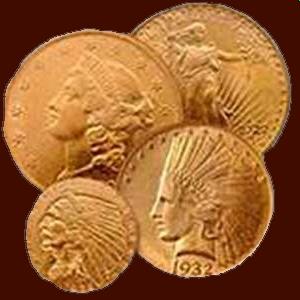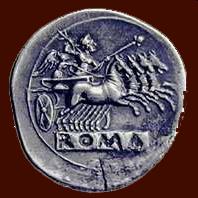




Looking After Your Finds - Identification - Rocks and Minerals

The Rarest Minerals on Earth
Powered By Sispro1

Fibulae1
Copyright All Rights Reserved by Nigel G Wilcox E-Mail: ngwilcox100@gmail.com
Designed by Nigel G Wilcox
Complimentary Topics
The Paragon Of Metal Detecting
& Archaeology
& Archaeology
Pages
Rarest Minerals on Earth
Main Coin Menu
Roman Coins
Menu
Menu
Member NCMD
R&M Index
Painite

For many years, painite held the title of the world’s rarest mineral. It was first discovered in Myanmar in the 1950s, and for decades, only two known specimens existed. Since then, more painite has been found, but it remains incredibly scarce. Its rarity, combined with its dark brown to black colour, gives it an aura of mystery and intrigue.
Recognised as one of the rarest gemstones globally, Painite holds a prestigious place in the realm of collectors and gemstone aficionados.
Renowned for its striking colour and extraordinary hardness, Painite’s allure lies in its exclusivity and unique aesthetic appeal. Its scarcity and exquisite appearance have garnered significant attention in the world of gemstone enthusiasts and collectors, making it a highly sought-after and prized addition to any gem collection.
Painite is a very rare borate mineral. It was first found in Myanmar by British mineralogist and gem dealer Arthur C.D. Pain who misidentified it as ruby, until it was discovered as a new gemstone in the 1950s. When it was confirmed as a new mineral species, the mineral was named after him.
The chemical makeup of painite contains calcium, zirconium, boron, aluminium, and oxygen (CaZrAl9O15(BO3)). The mineral also contains trace amounts of chromium and vanadium, which are responsible for Painite's typically orange-red to brownish-red colour, similar to topaz. The mineral's rarity is due to zirconium and boron rarely interacting with each other in nature. The crystals are naturally hexagonal, but may also be euhedral or orthorhombic. They also may have no crystalline structure, but usually are accompanied by a crystalline structure. Until late 2004, only two had been cut into faceted gemstones.
Recognised as one of the rarest gemstones globally, Painite holds a prestigious place in the realm of collectors and gemstone aficionados.
Renowned for its striking colour and extraordinary hardness, Painite’s allure lies in its exclusivity and unique aesthetic appeal. Its scarcity and exquisite appearance have garnered significant attention in the world of gemstone enthusiasts and collectors, making it a highly sought-after and prized addition to any gem collection.
Painite is a very rare borate mineral. It was first found in Myanmar by British mineralogist and gem dealer Arthur C.D. Pain who misidentified it as ruby, until it was discovered as a new gemstone in the 1950s. When it was confirmed as a new mineral species, the mineral was named after him.
The chemical makeup of painite contains calcium, zirconium, boron, aluminium, and oxygen (CaZrAl9O15(BO3)). The mineral also contains trace amounts of chromium and vanadium, which are responsible for Painite's typically orange-red to brownish-red colour, similar to topaz. The mineral's rarity is due to zirconium and boron rarely interacting with each other in nature. The crystals are naturally hexagonal, but may also be euhedral or orthorhombic. They also may have no crystalline structure, but usually are accompanied by a crystalline structure. Until late 2004, only two had been cut into faceted gemstones.
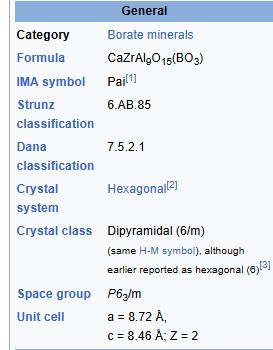
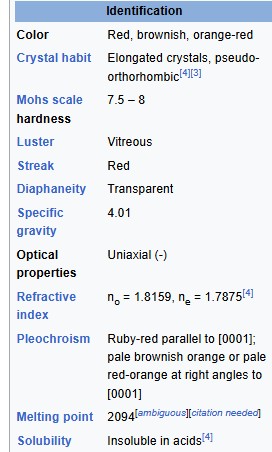

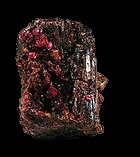
Striated, euhedral painite crystal (size: 0.9×0.8×0.7 cm)
Corundum var. ruby on a large painite crystal, Mogok, Burma. (size: 3.7×3.1×2.3 cm)
Extensive exploration in the area surrounding Mogok, which comprises a large part of the extremely small region the mineral is known to exist in, has identified several new painite occurrences that have been vigorously explored resulting in several thousand new available painite specimens.

Cushion-cut painite, 0.30-ct, 3.8 x 3.4 mm, very dark brownish red, Myanmar.
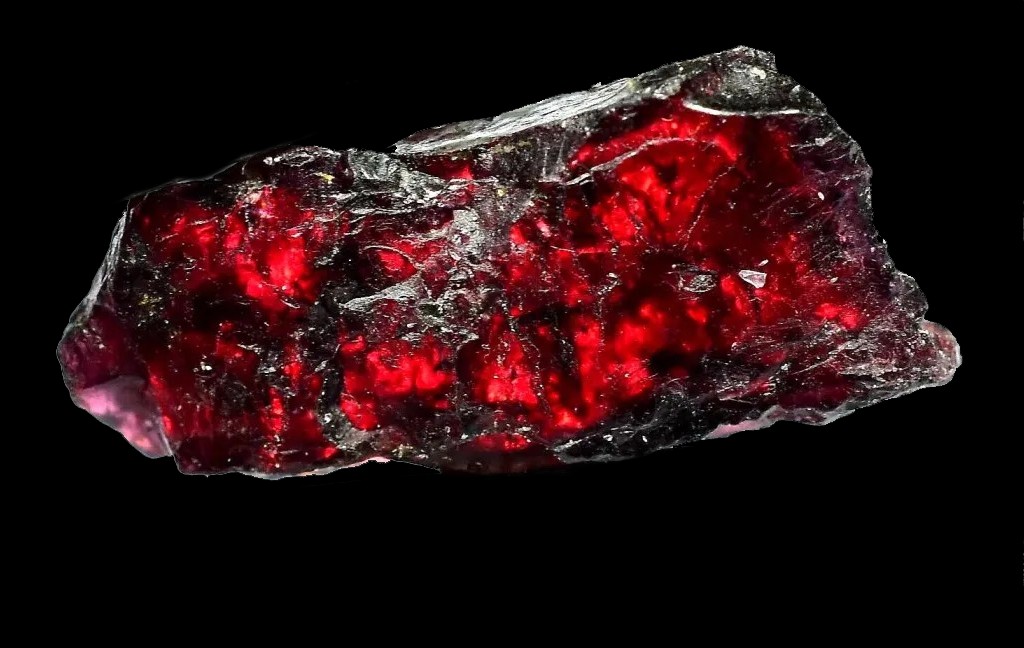
Painite is a very rare borate mineral. Until 2001, only three painite crystals were known to exist. Since then, additional discoveries have produced many more specimens of this deep red gemstone, but facetable material remains very rare. It was first found in Myanmar by British mineralogist and gem dealer Arthur C.D. Pain who misidentified it as ruby, until it was discovered as a new gemstone in the 1950’s.
When it was confirmed as a new mineral species, the mineral was named after him. Due to its rarity, painite can cost in the range of between US$50,000 to $60,000 per carat. Over a thousand crystals and fragments have now been recovered, but most of this material isn t facetable.
The chemical makeup of painite contains calcium, zirconium, boron, aluminium and oxygen. The mineral also contains trace amounts of chromium and vanadium, which are responsible for Painite s typically orange-red to brownish-red colour, similar to topaz.
The mineral s rarity is due to the fact that zirconium and boron rarely interact with each other in nature. The crystals are naturally hexagonal in shape, and, until late 2004, only two had been cut into faceted gemstones.
Extensive exploration in the area surrounding Mogok, which comprises a large part of the extremely small region the mineral is known to exist in, has identified several new painite occurrences that have been vigorously explored when resulting in several thousand new available painite specimens.
Although painites do have great resistance to scratching, they may also contain inclusions and fractures that make them susceptible to impacts from everyday wear or heat and vibrations from mechanical cleaning systems.
When it was confirmed as a new mineral species, the mineral was named after him. Due to its rarity, painite can cost in the range of between US$50,000 to $60,000 per carat. Over a thousand crystals and fragments have now been recovered, but most of this material isn t facetable.
The chemical makeup of painite contains calcium, zirconium, boron, aluminium and oxygen. The mineral also contains trace amounts of chromium and vanadium, which are responsible for Painite s typically orange-red to brownish-red colour, similar to topaz.
The mineral s rarity is due to the fact that zirconium and boron rarely interact with each other in nature. The crystals are naturally hexagonal in shape, and, until late 2004, only two had been cut into faceted gemstones.
Extensive exploration in the area surrounding Mogok, which comprises a large part of the extremely small region the mineral is known to exist in, has identified several new painite occurrences that have been vigorously explored when resulting in several thousand new available painite specimens.
Although painites do have great resistance to scratching, they may also contain inclusions and fractures that make them susceptible to impacts from everyday wear or heat and vibrations from mechanical cleaning systems.
https://bcgoldadventures.com/painite-the-rarest-gemstone-on-earth/
[4]
[3]
[2]
[1]





















